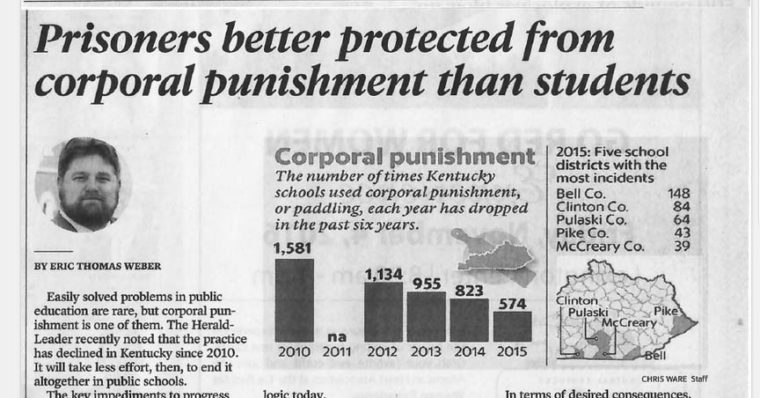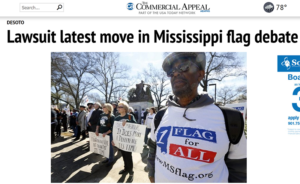In his election night victory speech, Donald Trump took on a more moderate tone, proclaiming: “I pledge to every citizen of our land that I will be president for all Americans, and this is so important to me. For those who have chosen not to support me in the past, of which there were a few people. . ..I’m reaching out to you for your guidance and your help so that we can work together and unify our great country.”
The Democratic party also took the high road – conceding the election even though Clinton received at least a million more votes than Trump. There were calls for unity and respectful meetings between the president and the president-elect. While some chose to take to the street in “Not My President” protests, the resounding message from the Democratic establishment was clear: Democrats have a civic duty to give the president-elect the benefit of the doubt.
And perhaps we did, but as the work of his transition team gets underway Trump has made it clear what kind of President he will be.
Perhaps Representative Katherine Clark put it best when she wrote: “A ‘President for all Americans’ doesn’t appoint an anti-Semitic, racist, homophobic misogynist as senior advisor.”
I’ve heard from a lot of Trump supporters that his dramatic campaign rhetoric really was just rhetoric. They don’t really expect him to build a wall or undertake any of the more troubling policy proposals. Candidate Trump wasn’t as terrifying as liberals thought because his campaign commitments weren’t intended to be taken literally.
But even if this argument allays an impression of Trump as a bigot, the appointment of Stephen Bannon as chief White House strategist and senior counselor cannot be so easily explained away. As chairman of the alt-right Breitbart News, Bannon has given a voice and a platform to the neo-nazis and extremists of America.
His appointment is cause for grave concern.
There are many great articles detailing Bannon’s more serious flaws, but I’ll quote here from the National Review, a “conservative weekly journal of opinion”:
The Left, with its endless accusations of “racism” and “xenophobia” and the like, has blurred the line between genuine racists and the millions of Americans who voted for Donald Trump because of a desire for greater social solidarity and cultural consensus. It is not “racist” to want to strengthen the bonds uniting citizens to their country
But the alt-right is not a “fabrication” of the media. The alt-right is a hodgepodge of philosophies that, at their heart, reject the fundamental principle that “all men are created equal, endowed by their creator with certain unalienable rights.” The alt-right embraces an ethno-nationalism that has its counterparts in the worst of the European far-right…
..The problem is not whether Bannon himself subscribes to a noxious strain of political nuttery; it’s that his de facto endorsement of it enables it to spread and to claim legitimacy, and that what is now a vicious fringe could, over time, become mainstream…No, Steve Bannon is not Josef Goebbels. But he has provided a forum for people who spend their days photoshopping pictures of conservatives into ovens.
This is why I find the appointment of Bannon so horrifying. When true conservatives agree that this is a disconcerting turn of events, it’s pretty clear that something is wrong. Our republic truly is in danger.
Now is indeed a time for unity; but not the unity of blindly supporting the President-Elect. It’s a time for liberals and conservatives alike to unite in denouncing hate in all its forms; of making it clear in no uncertain terms that equality and respect for all people are core American values on which our country will not compromise.



